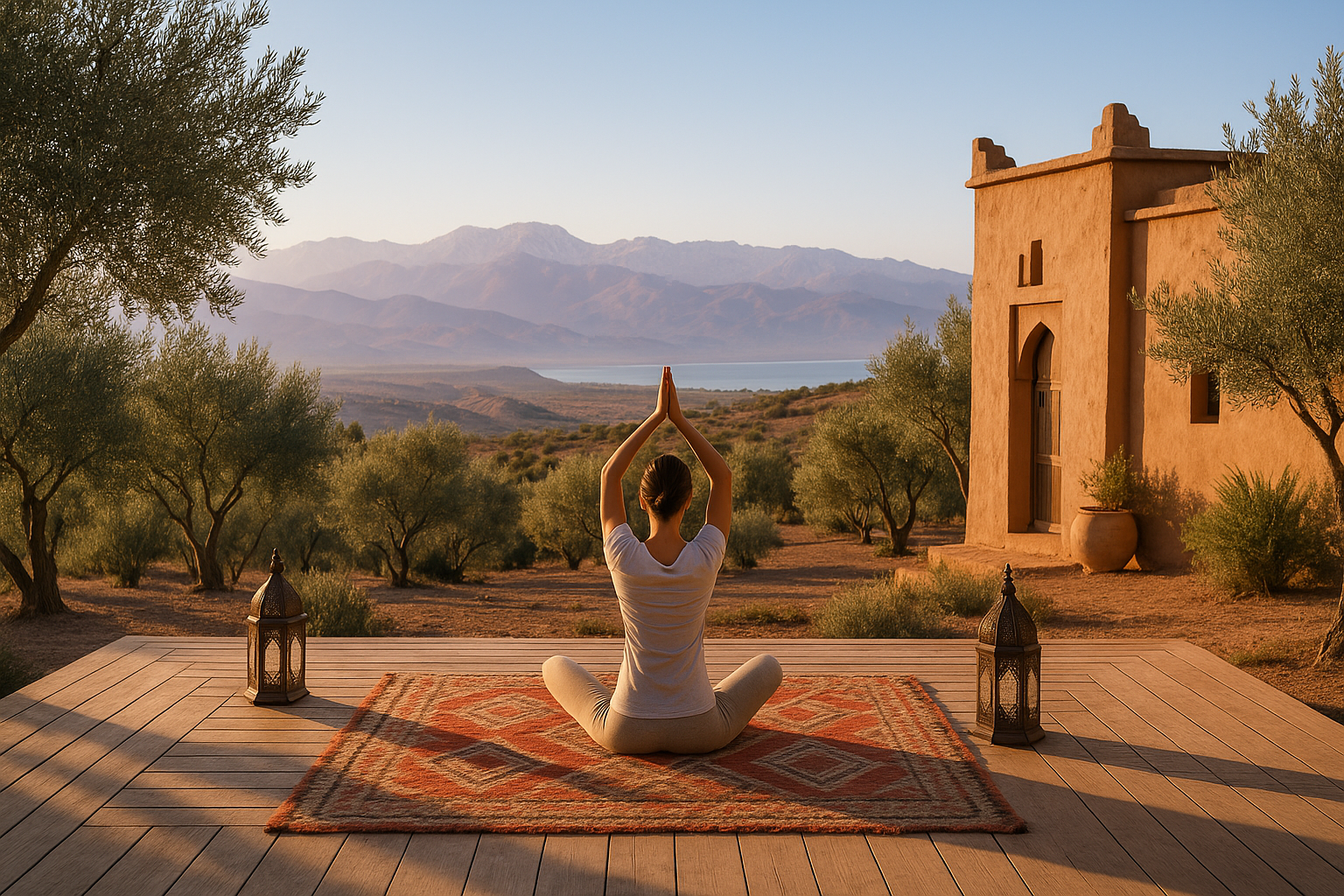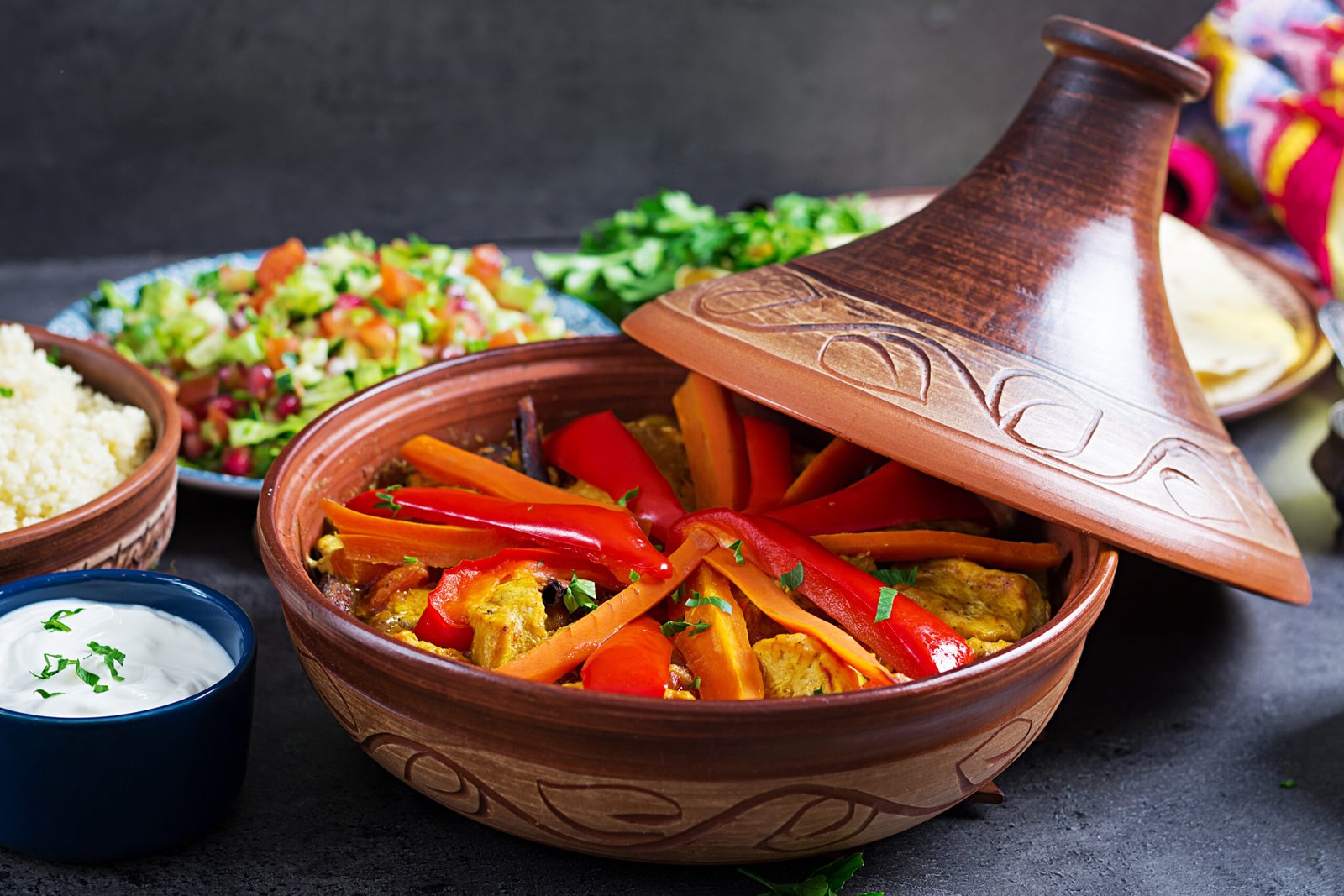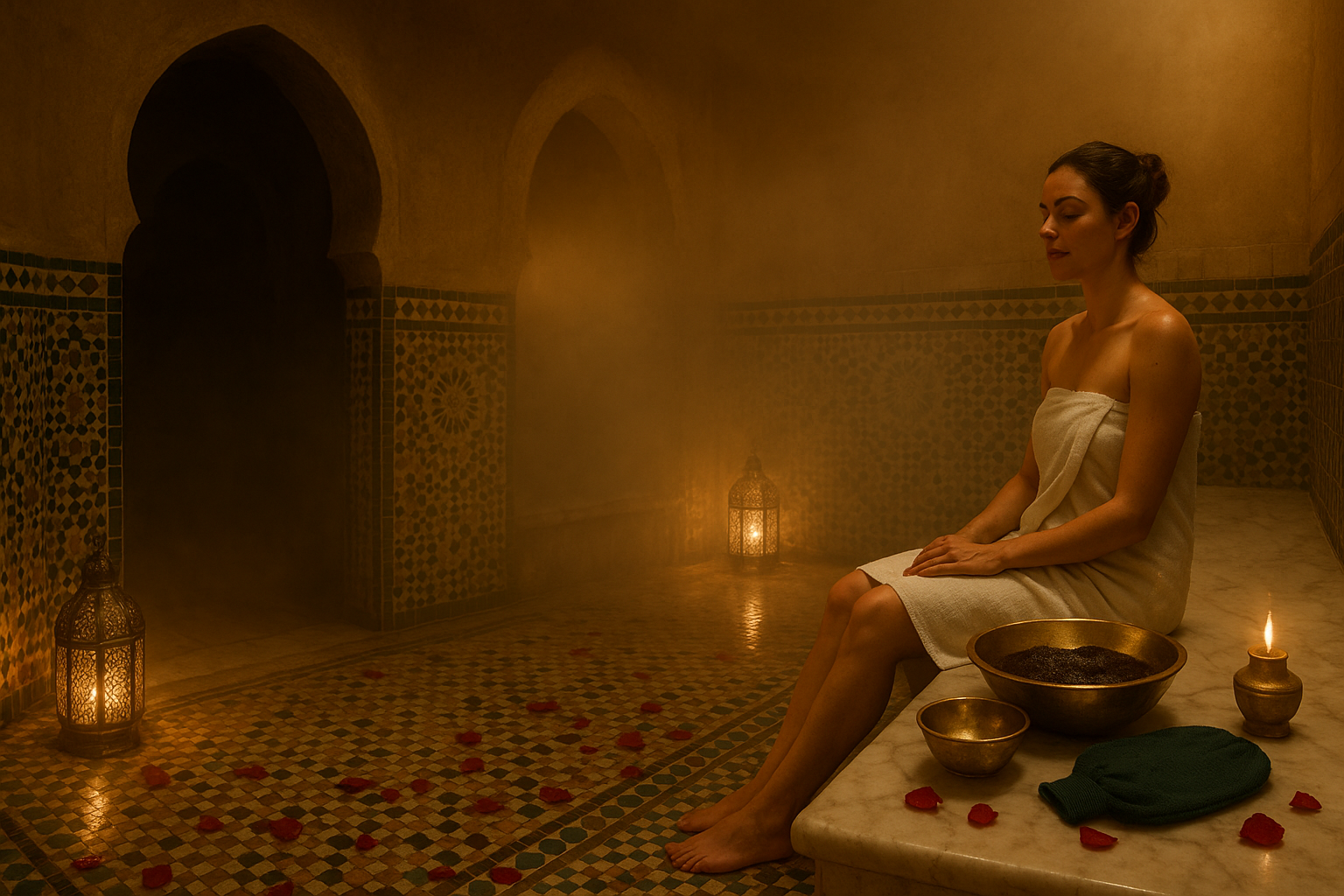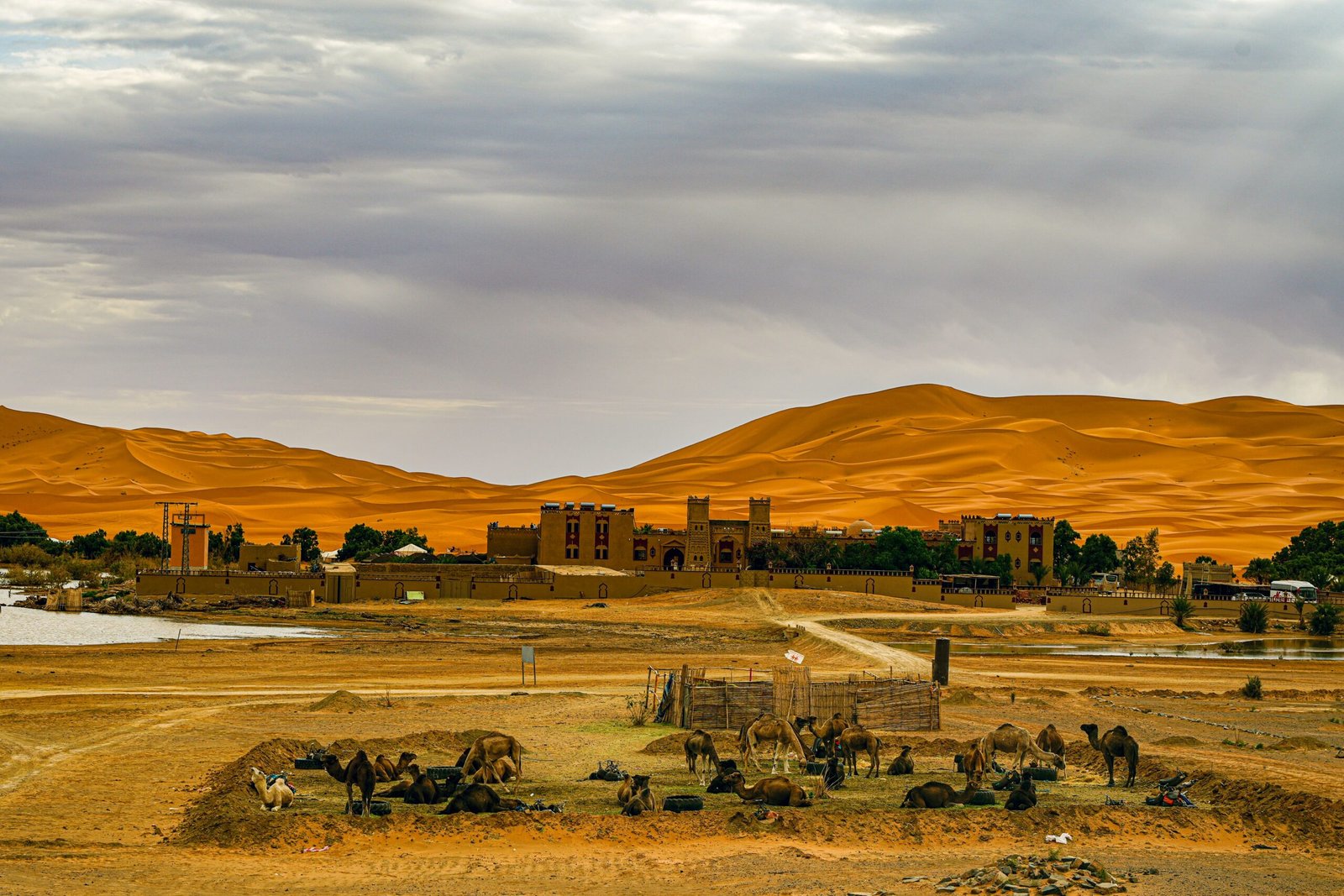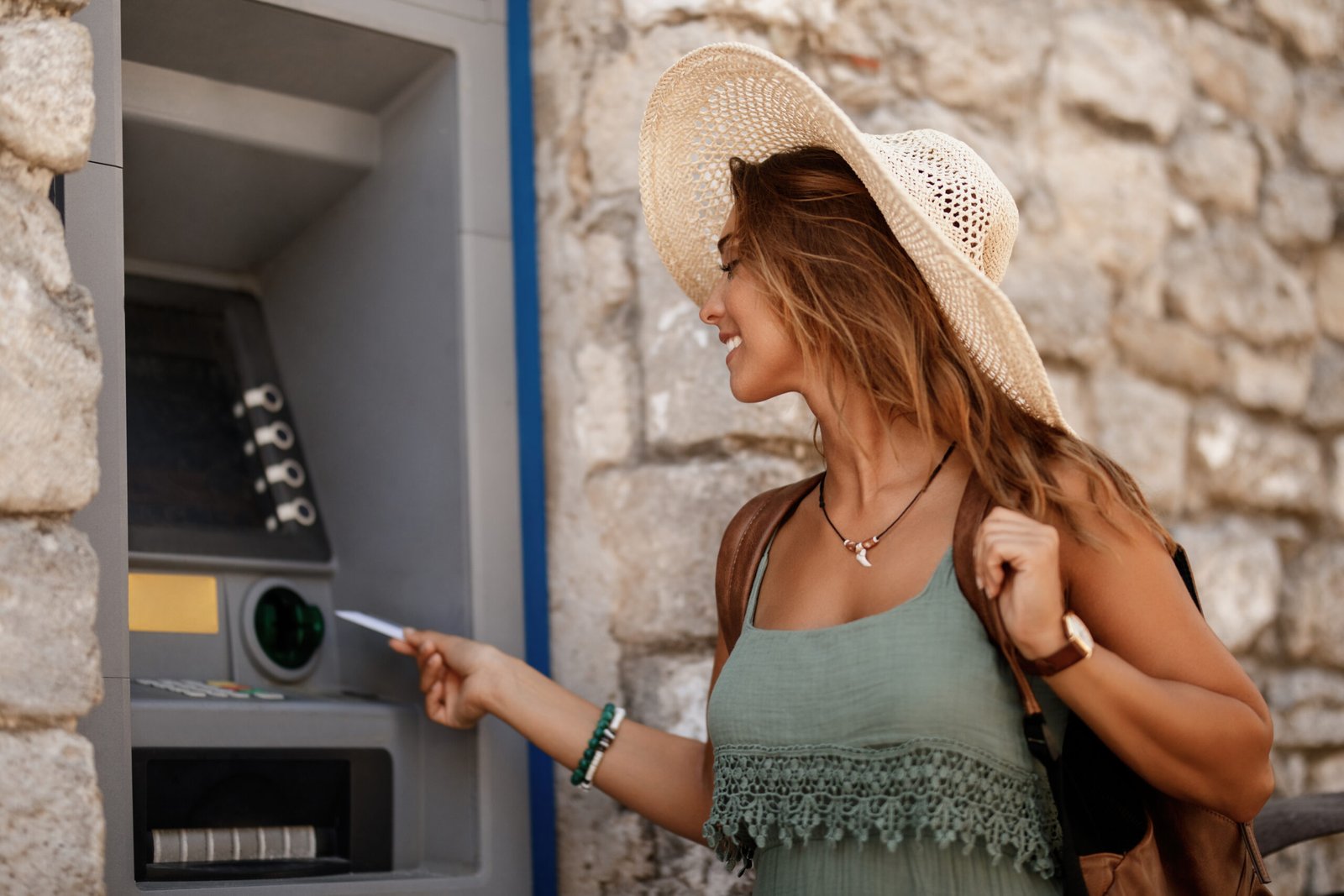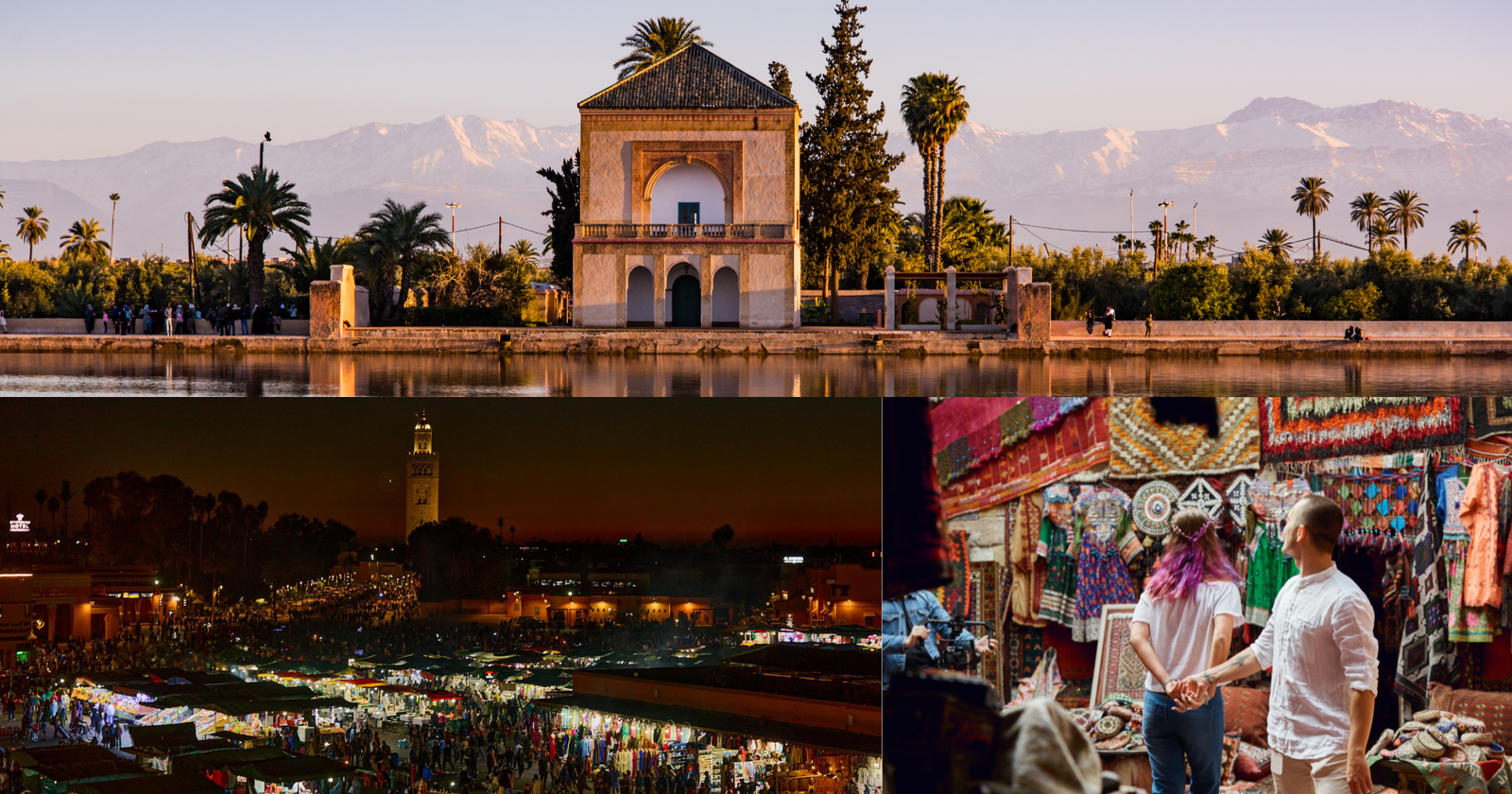Must see places in Morocco: Imagine a land where colors, traditions, and landscapes come together in a beautiful dance. Morocco is a mix of Arab, Berber, and French cultures, full of treasures to discover. As you walk through Marrakech’s souks or the Bahia Palace’s gardens, you’ll find the heart of Morocco‘s rich history and diverse culture.
The Koutoubia Mosque and the palaces’ architecture are just the start of what Morocco has to offer. Exploring these top attractions in Morocco will show you the country’s wonders. Prepare to see the must-see places that make Morocco a place you’ll never forget.
Discovering Morocco’s Rich Cultural Heritage
Exploring Morocco reveals a rich cultural mix of Arab, Berber, and European influences. This unique blend is seen in the country’s architecture, art, and traditions. It makes Morocco a fascinating place for travelers.
The Blend of Arab, Berber, and European Influences
Morocco’s culture is shaped by many civilizations. The Arab conquest brought Islam, which has deeply influenced the country. The Berber people, native to North Africa, have also left a mark on Morocco’s culture. European influences, mainly from France and Spain, are seen in architecture, food, and traditions.
The mix of influences is showcased in Morocco’s moroccan landmarks. Places like the Koutoubia Mosque and Bahia Palace are key for morocco sightseeing. These sites reflect Morocco’s rich history and cultural diversity.
Why Morocco’s Architectural Wonders Stand Out
Morocco’s buildings, including its moroccan mosques, are famous for their beauty and history. They feature vibrant tiles, detailed stone carvings, and ornate woodwork. These elements make Moroccan architecture both stunning and deeply rooted in culture.
Visiting these sites gives a peek into Morocco’s past. It also shows how the country combines traditional craftsmanship with modern touches. Exploring Morocco’s architecture helps you understand its cultural identity and importance in the region.
Planning Your Cultural Journey Through Morocco
To make the most of your trip to Morocco, planning ahead is key. Consider the weather and travel documents. Morocco is rich in culture, with many tourist spots that draw visitors worldwide.
Best Seasons for Visiting Moroccan Historical Sites
The best times to visit Morocco are spring (March to May) and autumn (September to November). The weather is mild and pleasant during these seasons. It’s perfect for exploring historical sites and cultural landmarks without the summer or winter harshness.
In spring, the landscapes are vibrant with blooming flowers and greenery. It’s a beautiful time to see places like the Bahia Palace in Marrakech or the Koutoubia Mosque. Autumn offers comfortable temperatures for city tours and desert excursions.
Essential Travel Documents and Preparations for American Travelers
For American travelers, knowing visa requirements and passport validity is essential. Americans don’t need a visa for tourism up to 90 days. But, having the right documents is vital.
- Check the validity of your passport.
- Ensure you have travel insurance that covers medical expenses.
- Make photocopies of important documents (e.g., passport, driver’s license).
Understanding Currency, Language, and Safety Considerations
Morocco’s currency is the Moroccan Dirham (MAD). Credit cards are accepted in tourist areas, but local currency is good for smaller purchases and local markets.
Arabic and Berber are official languages, but many speak French or English in tourism. Learning basic Arabic phrases can improve your interaction with locals.
Morocco is generally safe for tourists. But, stay aware of your surroundings and keep valuables secure.
Understanding these aspects lets you explore Morocco’s wonders confidently. Enjoy a fulfilling cultural journey.
Must See Places in Morocco: The Royal Cities Circuit
Start a journey through Morocco’s Royal Cities. History and culture are around every corner. The Royal Cities Circuit includes Marrakech, Fez, Rabat, and Meknes. It shows the best of Morocco’s architecture and culture.
Creating an Efficient Itinerary
Planning is essential for a great trip. First, decide how long to stay in each city. Marrakech is famous for its souks and palaces like the Bahia Palace. Fez is known for its ancient medina and Al-Qarawiyyin Mosque.
Rabat, the capital, has impressive monuments like the Hassan Tower. Meknes shows Morocco’s imperial past with sites like the Bab Mansour gate.
Tips for an Efficient Itinerary:
- Give each city 3-4 days to see the main sights without rushing.
- Think about travel times between cities. For example, the train from Marrakech to Fez takes 4.5 hours.
- Visit popular sites early morning or late afternoon to avoid the sun.
Recommended Duration and Transportation Between Cities
The best time for the Royal Cities Circuit depends on your pace and interests. Aim for at least 10 days to see each city’s highlights. You can travel by train, bus, or private car. The train is fast and convenient, with ONCF connecting major cities.
When moving between Marrakech, Fez, Rabat, and Meknes, look for scenic routes. For example, going from Fez to Meknes, visit the ancient Roman ruins of Volubilis. It’s a UNESCO World Heritage site.
Marrakech’s Magnificent Koutoubia Mosque
As you explore Marrakech, the Koutoubia Mosque is a must-see. It’s a key religious site and a stunning architectural wonder. Its 77-meter-high minaret stands out against the city’s skyline.

History and Architectural Significance
The Koutoubia Mosque was built in the 12th century. It’s a gem of Almohad architecture. Its name, “Koutoubia,” means “Mosque of the Booksellers,” showing the area’s history.
Architectural Highlights:
- The minaret’s detailed stonework and fancy decoration.
- The mosque’s large courtyard, big enough for thousands.
- The mix of Moroccan and Islamic architectural styles.
Visitor’s Guide: Hours, Etiquette, and Photography Tips
Before visiting the Koutoubia Mosque, plan to respect its traditions. It’s open to visitors when not in use for prayers. Remember to dress modestly and remove your shoes inside.
Photography Tips:
- Take photos of the minaret at sunrise or sunset for the best light.
- Take respectful photos of the interior and courtyard.
- Explore the gardens and plaza for more photo spots.
Exploring the Surrounding Gardens and Plaza
The Koutoubia Mosque is surrounded by lovely gardens and a lively plaza. These areas offer a peaceful escape in Marrakech’s heart.
While here, look at the local flora and traditional Moroccan architecture around the mosque. The area has cafes and shops, great for relaxing and experiencing local culture.
The Exquisite Bahia Palace: Marrakech’s Architectural Gem
The Bahia Palace is a masterpiece of Moroccan craftsmanship in Marrakech’s heart. Built in the 19th century for the Grand Vizier Bou Ahmad, it’s named “Bahia” for its beauty. This name means “brilliance” or “beauty,” showing its stunning architecture.
Navigating the Courtyards, Gardens, and Ornate Rooms
Exploring the Bahia Palace, you’ll see its detailed tile work, called zellij. The carved cedar wood on ceilings and walls is also impressive. The palace is a calm oasis, with peaceful gardens and courtyards away from Marrakech’s busy streets.
The palace’s design takes you through rooms and courtyards, each with its own charm. Look for the intricate plasterwork and the beautifully made wooden doors.
Practical Visitor Information: Tickets, Tours, and Best Times
Here are some tips for your Bahia Palace visit:
- Tickets are sold on site. A guided tour is recommended for a better experience.
- Visit early morning or late afternoon for fewer crowds.
- Respect the palace’s rules and dress modestly.
Visiting the Bahia Palace lets you see one of Morocco’s top sights. You’ll dive into the country’s rich cultural heritage.
Fez: The Medieval Islamic City’s Sacred Spaces
Walking through Fez’s ancient medina, you’ll find many historical and religious landmarks. These sites show the city’s spiritual heart. Fez is famous for its medieval architecture and sacred spaces.

The city’s rich culture is seen in its famous landmarks. The Al-Qarawiyyin Mosque and University stands out. It’s the oldest university in the world.
Al-Qarawiyyin Mosque and University: The World’s Oldest
The Al-Qarawiyyin Mosque and University is a stunning example of Islamic architecture. It has beautiful tile work, carved wood, and calligraphy. This university has been a key place for learning and spirituality for centuries.
Visitors can see its historic courtyards, prayer halls, and libraries. It’s a chance to see Fez’s rich history and tradition. It offers a unique look into the city’s past.
Bou Inania Madrasa: A Masterpiece of Merinid Architecture
The Bou Inania Madrasa is another important site in Fez. It’s from the 14th century and is known for its amazing craftsmanship. It has zellij tile work, carved cedar wood, and stucco decorations.
This madrasa is not just beautiful but also shows Fez’s cultural and religious heritage. It’s a key religious school in Morocco. It has played a big role in the country’s Islamic tradition.
Visiting Fez’s sacred spaces, like the Al-Qarawiyyin Mosque and University and the Bou Inania Madrasa, gives deep insight. These landmarks are essential for those interested in Moroccan landmarks and Moroccan mosques. They offer a special look into Morocco’s rich culture.
Rabat’s Royal Monuments and Religious Sites
Rabat, Morocco’s lively capital, is full of royal monuments and religious sites. As you explore this historic city, you’ll see a mix of Arab, Berber, and European styles. These styles have shaped Rabat’s architecture and culture.
Hassan Tower and Mohammed V Mausoleum Complex
The Hassan Tower is a historic minaret symbolizing Rabat’s rich history. Though unfinished, it’s a key landmark showing the city’s architectural past. The Mohammed V Mausoleum, nearby, is a modern Moroccan architectural wonder. It combines traditional and modern styles.
Visiting these places gives you a peek into Morocco’s monarchical past and cultural traditions.
Kasbah of the Udayas: A Fortress with Ocean Views
The Kasbah of the Udayas sits on a cliff, overlooking the Atlantic Ocean. This 12th-century fortress offers stunning views of the coast. It’s a place of beauty and peace, showing Rabat’s strategic role in history.
Exploring the Kasbah, you’ll find charming streets, historic buildings, and the lovely Andalusian Gardens. These sites in Rabat offer a unique look at Morocco’s history, architecture, and culture. Whether you love history, architecture, or just exploring, Rabat’s treasures will amaze and inspire you.
Casablanca’s Hassan II Mosque: A Modern Marvel
When you visit Morocco, you’ll see the Hassan II Mosque in Casablanca. It’s a key religious site and a marvel of engineering. It shows Morocco’s rich culture.
Architectural Features of North Africa’s Largest Mosque
The Hassan II Mosque is famous for its architecture. It has:
- A 210-meter tall minaret, one of the tallest in the world
- A huge retractable roof that opens to the sky
- Beautiful zellij tile work and carved cedar wood
- A mix of traditional Moroccan and modern styles
The mosque’s design shows Moroccan skill and new ideas. It combines old and new in a unique way. This makes it a top example of modern Islamic architecture.
Guided Tour Experience: What to Expect and Photography Opportunities
Going on a guided tour of the Hassan II Mosque is unforgettable. You’ll:
- See the mosque’s big halls and courtyards
- Learn about its history and cultural importance from guides
- Take amazing photos of its details and architecture
Photography is a great way to capture the mosque’s beauty. Remember to follow local rules and respect when taking photos inside.
Exploring the Hassan II Mosque will deepen your understanding of Morocco’s culture and architecture. It’s a must-see on your Moroccan journey.
Hidden Gems Beyond the Major Cities
Explore Morocco’s hidden treasures beyond the big cities. Places like Marrakech and Fez are famous, but there’s more. Discover unique spots with rich history and culture.
Chefchaouen’s Blue Mosque and Kasbah
Chefchaouen is a town in the Rif Mountains famous for its blue buildings. It’s a dream for photographers. Don’t miss the Blue Mosque and the Kasbah, which tells the town’s story through history and culture.
Telouet Kasbah in the Atlas Mountains
The Telouet Kasbah sits in the Atlas Mountains. It was once a Glaoui tribe stronghold. Today, it offers stunning views of mountains and valleys, perfect for history and nature fans.
Volubilis: Roman Ruins with Islamic Influence
Volubilis is home to Morocco’s best-preserved Roman ruins. A UNESCO site, it shows Roman and Islamic styles. Visitors can wander through ancient streets and marvel at the mosaics.
These hidden spots reveal Morocco’s rich culture and beauty. They’re key for anyone wanting to see more than the usual tourist spots.
Cultural Etiquette and Practical Tips for American Visitors
Before you go to Morocco, it’s key to know the local customs. Morocco has a rich culture. Being aware of certain customs will make your trip better.
Dress Codes and Behavior in Moroccan Religious Sites
At Moroccan religious sites, dress modestly and act respectfully. Cover your shoulders and knees. Take off your shoes when asked. Knowing these rules helps you avoid offense and enjoy the sites more.
Mosques and madrasas are not just beautiful buildings. They are also places of deep spiritual value. Showing respect for these places will make your visit better and your interactions with locals more meaningful.
Navigating Language Barriers and Local Customs
Many Moroccans speak some English, but you might face language challenges. Learning basic Arabic phrases like “hello” (Marhaba) and “thank you” (Shukran) shows respect for the culture.
It’s also important to know local customs. For example, use your right hand when giving or receiving something. The left hand is seen as unclean.
Hiring Guides vs. Self-Guided Exploration
Choosing between a guide or exploring alone depends on what you want. A guide can share lots of knowledge about Morocco. But, exploring by yourself gives you freedom and flexibility.
Think about what you like and how you travel. If you’re into history and culture, a guide is a good choice. But if you like to find new places at your own pace, exploring alone might be better.
Conclusion: Embracing the Magic of Morocco’s Sacred Spaces
Traveling through Morocco, you’ll find a land full of enchanting views, rich history, and lively cultures. Places like the Koutoubia Mosque and Bahia Palace show off Morocco’s deep cultural and historical roots. These landmarks give a peek into the country’s varied influences and building styles.
Seeing Morocco’s wonders will give you memories that last a lifetime. Marrakech’s busy streets, Fez’s ancient cities, and Rabat’s historic sites each offer a special view of Morocco’s culture. As you visit Morocco’s sacred places, you’ll get to know the heart of this amazing country.
Whether you’re interested in Morocco’s mosques or its palaces, the magic of these spaces is undeniable. So, take the chance to see Morocco’s wonders, dive into its culture, and find the beauty waiting for you in this incredible place.

